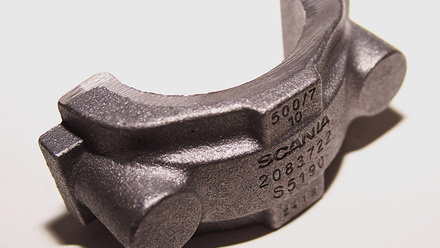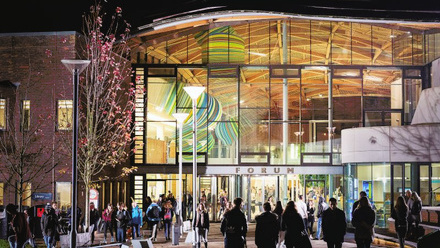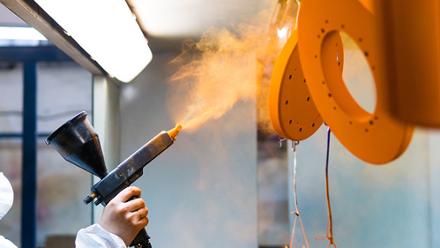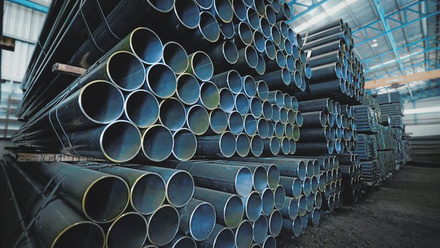Leaving a good impression with a brushstroke
3D reconstructions of impressionist-style brushstrokes could elevate the sensory experience for visitors to art galleries and improve conservation.
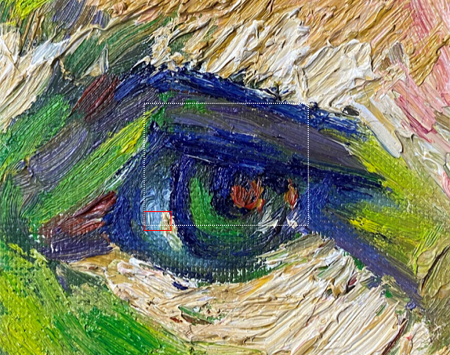
Imagine visiting an art gallery and being able to see and feel the intimate work behind the brushstrokes. By using optical coherence tomography (OCT), researchers from Penn State University Park and New Jersey Institute of Technology, USA, are delving deeper into impressionist oil paintings.
The resulting 3D reconstructions could enhance the viewing experience, especially for the visually impaired, claim the scientists. Visitors can use touch to experience painting techniques such as Van Gogh’s brushstrokes and the pointillism of Seurat’s works.
‘Visitors to art museums can’t closely examine paintings and see the artists’ techniques because of security and conservation concerns,’ says Yi Yang, Research Team Leader from Penn State Abington. ‘Our new technology can create 3D reconstructions that can be rotated and magnified to view details such as brushstrokes. This would be especially useful for online classes.’
Combing specialists from art historians and electrical and optical engineers, the approach uses OCT, a mechanical scanning stage and a new software to sample in real-time and remove image artifacts.
Once the information has been collected, it is used to 3D print samples, allowing for a textural, as well as visual, experience of paintings.
‘The ultra-high definition 3D information can also be used to repair damaged art by allowing a conservator to 3D print the damaged portion and attach it to the original painting,’ says Yang. ‘In addition, the imaging technique can capture high resolution details of artworks that can preserve a digital copy in case of worst-case scenarios such as war, terrorism, natural disaster, heist and other catastrophes.’
The researchers have used a portion of an oil painting that mimics the unique impressionist-style brushstrokes to demonstrate the technique. OCT images have been acquired from the 10cm by 10cm portion and a digital 3D model produced.


